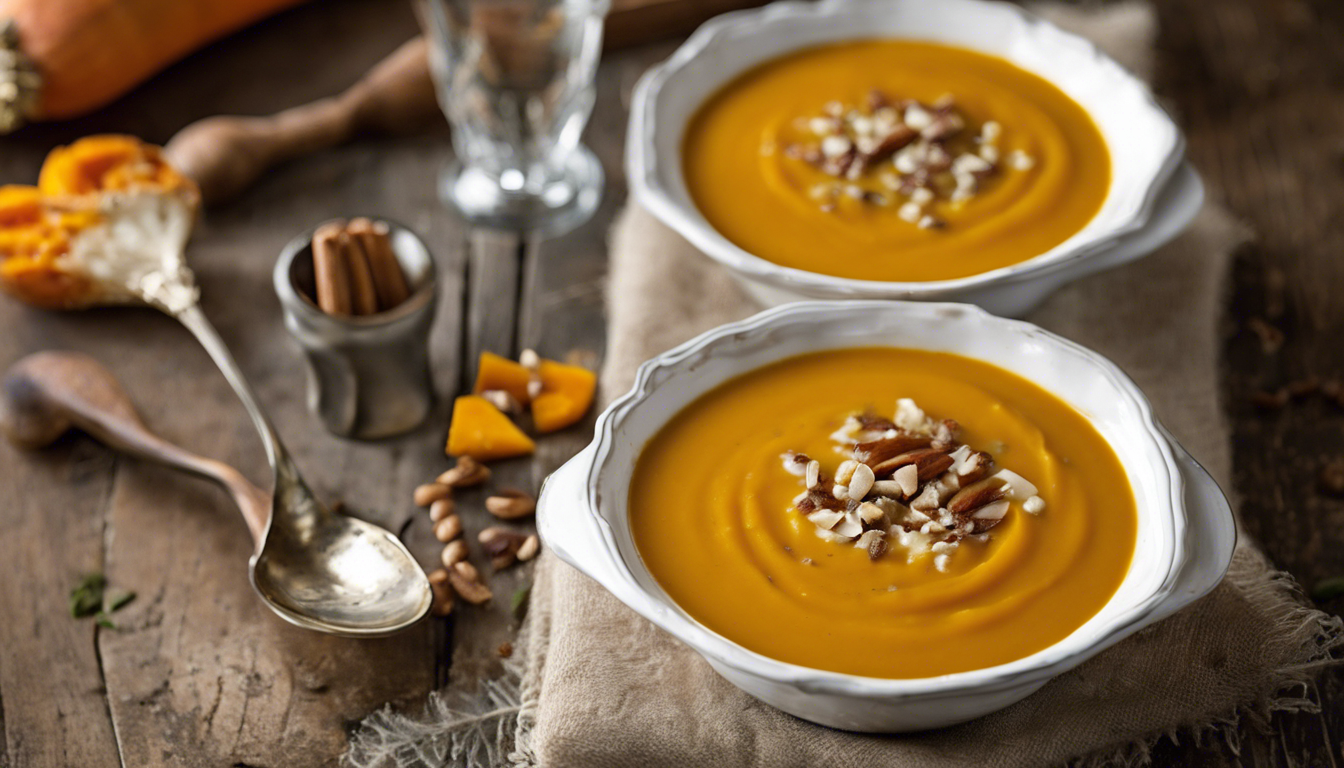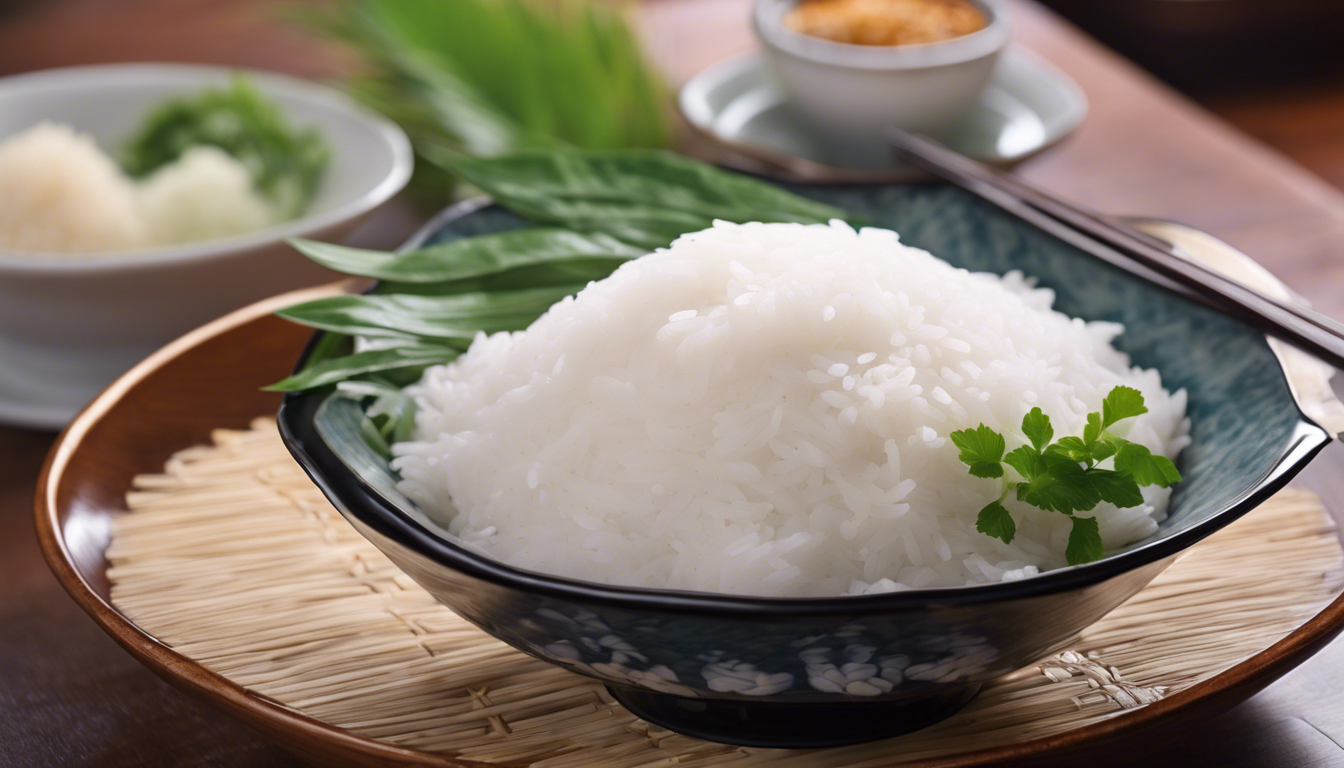
Exploring the benefits of gluten-free superfoods
When you hear the term superfoods, it is easy to imagine exotic and rare foods that are often hard to come by. But when we’re talking about gluten-free superfoods, many are more accessible than you might think—and they’re brimming with benefits that can help elevate your gluten-free lifestyle to new levels of health and vitality.
These ultra-nutritious choices are not only free from gluten—a protein composite found in wheat, barley, and rye that can trigger health issues for those with celiac disease or gluten sensitivity—they are also packed with essential nutrients. They can support your overall health by providing you with vitamins, minerals, fiber, and antioxidants that your body needs to function at its best. But what truly sets these foods apart? Their nutrient density.
Essentially, gluten-free superfoods give you the most bang for your buck. These powerhouses can assist in managing cholesterol levels, aid in digestion, and even help fight inflammation. Some have been linked to improved heart health and better immune function, while others offer protective benefits that can contribute to long-term wellness, helping mitigate the risk of chronic diseases.
Moreover, for those who’ve eliminated gluten from their diet, ensuring a rich and varied intake of these superfoods can prevent nutritional deficiencies that sometimes accompany a gluten-free lifestyle. With the diversity of superfood options available, you can craft a diet that’s not just safe for your gluten sensitivity, but also one that promotes your overall well-being.
Another point worth celebrating is that these foods can be incredibly versatile in the kitchen. They can be easily integrated into your daily meals, whether you are looking to whip up a smoothie, bake a loaf of gluten-free bread, or simply season your dishes with a nutritious punch. The options for creativity in meal preparation are as plentiful as the nutrients these superfoods contain.
As the interest in healthful eating continues to grow, the climate is ripe for discovering and embracing the power of gluten-free superfoods. By incorporating these into your diet, you’re not just avoiding the pitfalls of gluten. You’re also stepping into a world of foods that can contribute not only to physical health but also to enhanced energy levels and a brighter, more vibrant lifestyle.
Top gluten-free grains packed with nutrition
While many may ponder a gluten-free diet limits options, the opposite can often be true, especially when you think the variety of naturally gluten-free grains available. These grains are not only safe for those with celiac disease or gluten sensitivity, but they also offer an array of nutritional benefits that rival—and sometimes surpass—their gluten-containing counterparts.
Let’s delve into quinoa, for instance. Often mistaken as a grain, quinoa is actually a seed but is commonly used like a grain in cooking. It’s celebrated for its complete protein profile, meaning it contains all nine essential amino acids. Plus, it’s a great source of fiber and iron, making it a staple for vegetarians and vegans looking for nutrient-dense plant-based foods.
Brown rice is another wholesome choice that serves as a versatile base for a multitude of dishes. Unlike white rice, the unmilled or partly milled brown rice retains its bran and germ, which are rich in vitamins, minerals, and antioxidants. Brown rice is also a good source of magnesium, which is essential for maintaining nerve function and healthy bones.
Who could forget about buckwheat? Despite its name, buckwheat is not related to wheat and is completely gluten-free. It’s a powerful source of nutrients, including manganese, magnesium, copper, and dietary fiber. Buckwheat is also home to rutin, a plant compound that has been shown to strengthen blood vessels, making it a heart-healthy choice.
Another gluten-free grain that’s often overlooked is millet. Prized for its role in traditional dishes across Africa and Asia, millet is high in antioxidants and magnesium. And, because millet doesn’t spike your blood sugar levels like some other grains can, it’s an excellent option for those managing diabetes.
Sorghum, often used to create gluten-free flours and beers, is a powerhouse packed with antioxidants that help combat inflammation and lower oxidative stress. Its high fiber content is also ideal for keeping your digestive system on track.
Lastly, amaranth, an ancient grain once revered by the Aztecs, is now making a comeback as a state-of-the-art superfood. It’s rich in fiber and protein, and contains significant amounts of manganese, magnesium, phosphorus, and iron. What sets amaranth apart is its lysine content—a rare find in plant foods—which supports calcium absorption and collagen production.
Integrating these grains into your gluten-free diet not only adds variety and flavor but also ensures you’re getting a wide range of nutrients to support a healthy and active lifestyle. You can enjoy them in soups, salads, side dishes, and even breakfast bowls. Gluten-free doesn’t have to mean nutrition-free, and these grains prove just that.

Nutrient-rich seeds and nuts for a gluten-free boost
When it comes to enhancing your gluten-free diet, don’t overlook the small yet mighty contribution of seeds and nuts. These little nutritional gems are a fantastic way to ensure your body gets the essential fats, proteins, and micronutrients it needs, while also being inherently gluten-free. Let’s dive into some of the most nutritious options available.
Chia seeds are a great starting point. With their remarkable ability to absorb water and form a gel-like consistency, chia seeds are a versatile addition to any kitchen. They’re loaded with omega-3 fatty acids, which are crucial for brain health, and they offer a hefty dose of fiber to improve digestive health.
Flax seeds, too, are celebrated for their high omega-3 content and are also a rich source of lignans, which may have anti-cancer properties. Grinding flax seeds is the best way to make their nutrients available to the body, so sprinkle the ground seeds over your cereal or blend them into smoothies to reap their benefits.
Then there’s hemp seeds, which provide complete protein, containing all nine essential amino acids that the body can’t produce on its own. They’re also a good source of gamma-linolenic acid (GLA), a type of omega-6 fatty acid that may help with inflammation.
Nuts are just as impressive in their nutritional offerings. Almonds are packed with vitamin E, manganese, and magnesium, and they have a monounsaturated fat profile that can support heart health. Walnuts are another heart-healthy choice, well-known for their high omega-3 content and antioxidant levels.
Brazil nuts stand out for their selenium content—a nutrient important for thyroid function, antioxidant activity, and immune health. Just a couple of Brazil nuts can provide you with your daily selenium needs. And let’s not forget about cashews, which are a good source of iron and magnesium, while also being lower in fat than most other nuts.
Pecans, pistachios, and macadamia nuts each bring their own set of health benefits. Pecans boast a profile rich in antioxidants, pistachios offer a balance of protein, fiber, and antioxidants, and macadamia nuts are an excellent source of monounsaturated fats, which may aid in reducing cholesterol levels.
Integrating seeds and nuts into your gluten-free diet can be effortless and delicious. Try adding them to yogurts, salads, or homemade granola. They can be ground into flours for baking, blended into nut butters, or simply enjoyed as a crunchy snack. Remember to keep portions in check since nuts and seeds are energy-dense, but don’t shy away from making them a staple in your daily intake for that much-needed nutritional boost.
Incorporating gluten-free superfoods into your meals
When embarking on a gluten-free journey, one of the most enjoyable aspects is discovering delicious and healthful ways to incorporate these superfoods into your meals. The versatility of gluten-free superfoods means that you never have to compromise on taste or nutrition, and the opportunities for culinary creativity are endless.
For a start, you can kick off your day with a bang by adding superfoods to your breakfast fare. Consider of amping up your morning smoothie with a scoop of chia seeds for that added fiber and omega-3 kick. Or perhaps serve up a warm bowl of quinoa porridge, topped with a handful of antioxidant-rich berries and a drizzle of pure maple syrup for a little sweetness.
Lunchtime is another perfect opportunity to infuse superfoods into your diet. An easy-to-assemble quinoa salad with a colorful array of veggies, sprinkled with pumpkin seeds, can be both satisfying and packed with nutrients. And for a crunch, toss in some roasted nuts—say, almonds or walnuts—to not only add texture but also boost your intake of healthy fats.
As dinner rolls around, brown rice or millet can become the foundation of a flavorful stir-fry, loaded with your favorite gluten-free veggies and lean protein. Alternatively, a buckwheat noodle dish can bring an Asian flair to the table, as these noodles pair beautifully with a ginger-soy dressing (ensure soy sauce is gluten-free) and a heaping of fresh, sautéed vegetables.
Snacks are also a prime time to sneak in those superfoods. Homemade trail mix with an assortment of nuts and seeds can beat midday hunger pangs while providing essential nutrients. Another great snack option is energy balls made from ground nuts, flaxseeds, and a natural sweetener, rolled together into bite-sized delights.
Let’s not say goodbye to the sweet side of things—yes, you can still have your cake and eat it too on a gluten-free diet. Baking with almond flour or a blend of sorghum and rice flour can yield delicious, moist cakes or cookies that are immensely satisfying and full of good-for-you ingredients.
One crucial tip: As you experiment with gluten-free superfoods in your cooking, don’t hesitate to use herbs and spices generously. They not only enhance the flavor of your dishes but also contribute additional antioxidants and health benefits. And for those busy bees, prepping meals ahead of time using these superfoods can ensure that you always have a nutritious option on hand, regardless of how hectic your schedule gets.
Ultimately, by embracing a gluten-free lifestyle with superfoods at its core, you are not just saying goodbye to gluten. You are saying hello to a world of diverse, nutrient-rich foods that make every meal an opportunity to nourish your body in the most delicious ways possible.